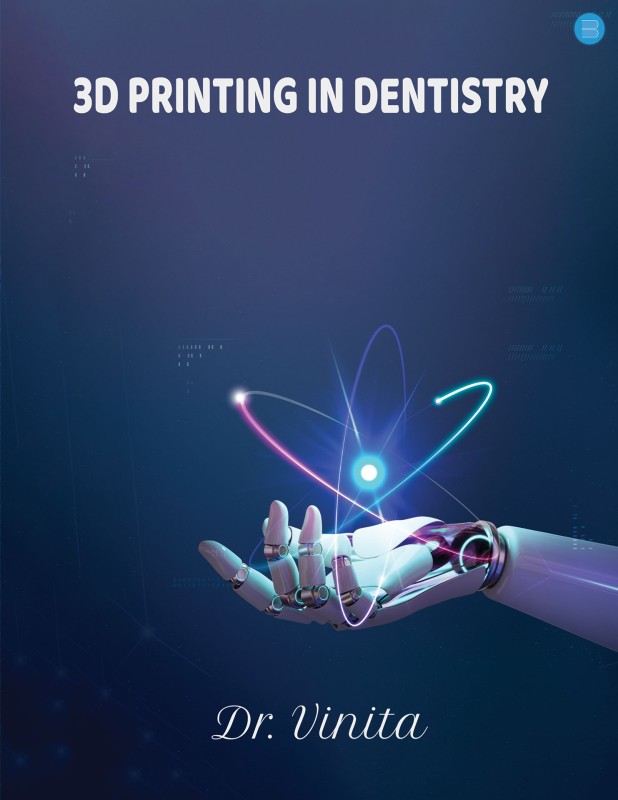3d Printing in Dentistry
by Dr. Vinita | 27-Mar-2023
(0)
Three-dimensional (3D) printing technologies are advanced manufacturing technologies based on computer-aided design digital models to create personalized 3D objects automatically. They have been widely used in the industry, design, engineering, an...
Original
Books
Fastest
Delivery
7-day
Replacement
Book Details
- Language : English
- Pages : 65
- ISBN : 9789357413794
- Genre: ACADEMIC
- Size : 8.5" x 11"
- Binding Type : PAPERBACK
- Age Group: 14 - 60 Years
- Paper Type : WHITE PAPER
- Interior : BLACK & WHITE
- Cover : GLOSS FINISH
- Book Type : PAPERBACK
- Tags : 3d Printing in Dentistry,Academic
-
Best Sellers Rank :
#436 in Academics
#2542 in Global
Reviews
There are no reviews for this product yet.

 USD
($)
USD
($) AUD
($)
AUD
($) CAD
($)
CAD
($) EUR
(€)
EUR
(€) HKD
($)
HKD
($) GBP
(£)
GBP
(£) SGD
($)
SGD
($)








